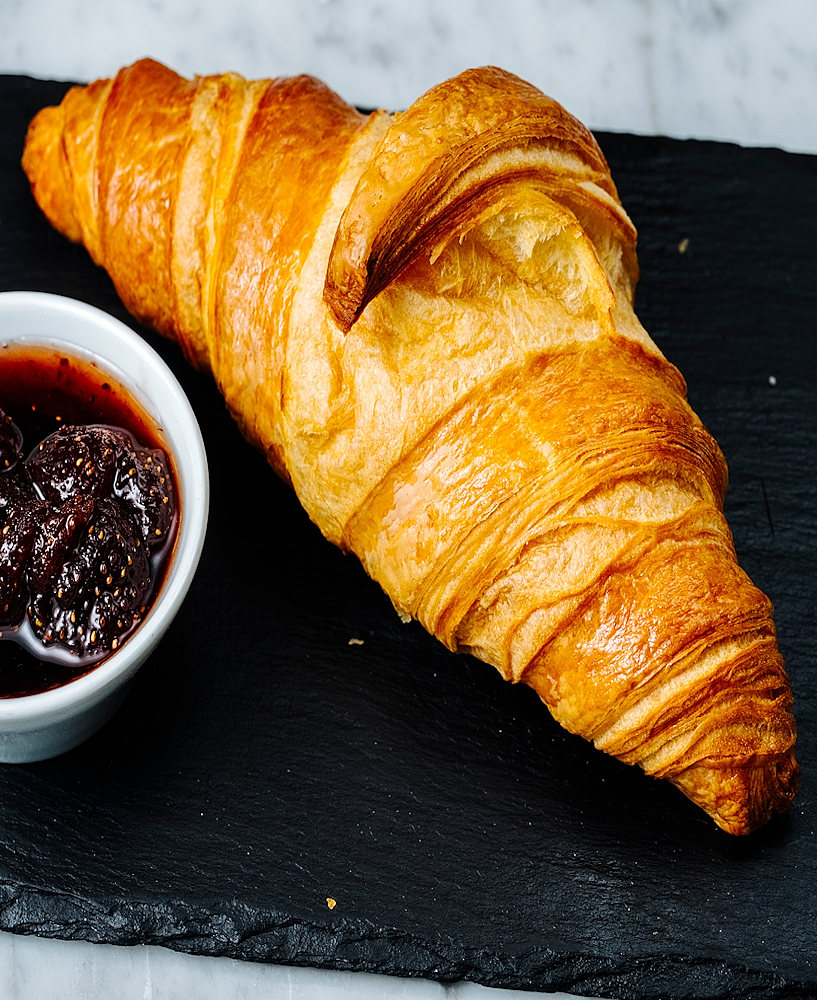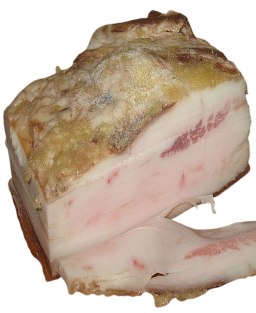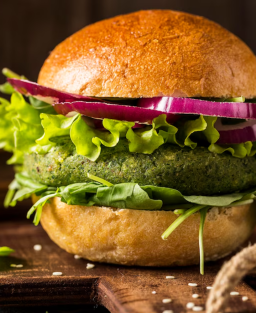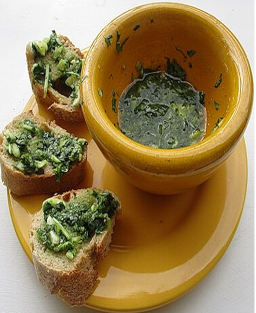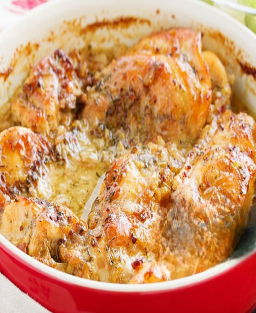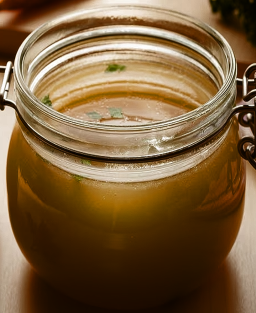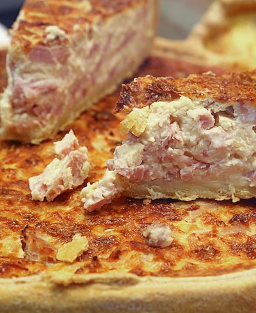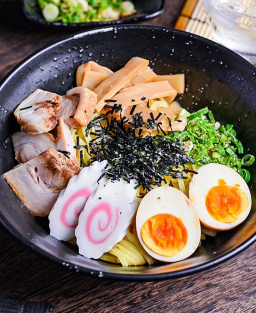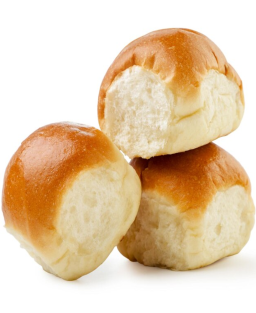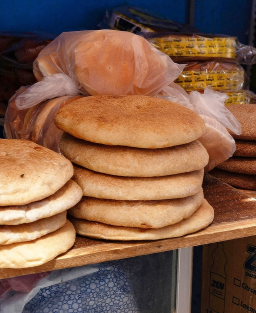- Out-of-Stock
Professional Croissant Recipe (PLF)
Professional Croissant Recipe (PLF)
This is the official recipe used for the French CAP Pâtisserie exam.
(The professional croissant recipe, often referred to as “PLF” – Pâte Levée Feuilletée, or laminated yeasted dough – is a foundational preparation in French pastry. It is taught in hospitality schools and used in professional pastry competitions. This dough is used to make viennoiseries such as croissants, pains au chocolat, and pains aux raisins.)
Austrian Origins: the Kipferl
The kipferl, a crescent-shaped pastry, has been known in Austria since at least the 13th century. Poems from 1227 already mention this crescent-shaped bread roll, often served during Christian festivities, especially Easter. It is also described as a convent pastry, often associated with religious celebrations.
The kipferl is a leavened dough, sometimes sweetened, traditionally eaten during Christian holidays. It was commonly baked in convents for special occasions.
The 1683 Legend: Myth or Reality?
A popular legend links the origin of the croissant to the 1683 victory of Vienna over the Ottomans. According to the story, Viennese bakers, working at night, heard the Ottomans digging tunnels under the city walls. They raised the alarm, helping to thwart the attack. To celebrate the victory, they allegedly created a crescent-shaped pastry, echoing the crescent moon on the Ottoman flag.
However, this story is widely regarded as a culinary legend, with no direct historical evidence. The first written mentions of the kipferl date back to the 13th century, long before the Siege of Vienna. Furthermore, historical research shows that Viennese baker Peter Wendler, often credited as the croissant’s inventor, actually died in 1680 – three years before the battle.
Therefore, it’s likely that the crescent shape of the kipferl was already well established in Vienna before 1683. The legend seems to have been popularized in the 19th century to strengthen the symbolic link between the pastry and the victory over the Ottomans.
From Vienna to Paris: The Kipferl Goes French
In the early 19th century, Austrian officer August Zang opened the Boulangerie Viennoise at 92 rue de Richelieu in Paris, between 1837 and 1839. There, he offered Viennese specialties such as kipferl and kaisersemmel (Viennese rolls). These pastries became very popular and quickly inspired French bakers. The word “croissant” first appeared in 1863, and the modern version – made with laminated yeast dough enriched with butter – gained popularity in the 1920s.
In Summary
The croissant is the result of a fusion of culinary traditions:
-
The kipferl, an Austrian crescent-shaped pastry
-
The symbolic influence of the 1683 victory over the Ottomans
-
The French adaptation, using laminated butter-enriched yeast dough
Thus, the croissant embodies a rich blend of history and culture, making it one of the most iconic viennoiseries in European culinary heritage.
Professional Croissant Recipe (PLF)
In the professional croissant recipe, the powdered milk used is generally non-fat dry milk (NFDM). This type of milk powder is commonly used in pastry for its technical properties, including improving texture, shelf life, and dough structure without adding extra liquid.
Note that milk powder can be whole, semi-skimmed, or skimmed, depending on how it was dehydrated. In professional pastry, skimmed milk powder is preferred for its specific functional benefits.
So, when the recipe calls for powdered milk, it usually refers to skimmed milk powder, unless otherwise specified.
Ingredients
For the dough (détrempe):
-
500 g strong flour (type T55 or bread flour)
-
250 g water
-
12 g fine salt
-
60 g granulated sugar
-
12 g skimmed milk powder
-
20 g fresh baker’s yeast
-
50 g melted butter
For laminating (tourage):
-
250 g dry butter for laminating (e.g., AOC Charente-Poitou or 82% fat dry butter)
For egg wash:
-
1 egg yolk
-
1 tablespoon milk or full-fat cream
Preparation Steps
1. Making the dough (détrempe)
In a stand mixer bowl, pour in the water. Add the flour, salt, sugar, skimmed milk powder, and melted butter.
Crumble in the fresh yeast. Knead on medium speed until the dough is smooth and pulls away from the bowl.
Cover and let the dough rise at room temperature until it doubles in volume.
2. Preparing the butter block
Place the butter between two sheets of parchment paper.
Using a rolling pin, flatten and shape the butter into a 20 cm square.
3. Laminating the dough
On a lightly floured surface, roll out the dough into a rectangle (20 cm x 40 cm).
Place the butter square in the center. Fold the dough over the butter to fully encase it.
Roll the dough out into a large rectangle, then perform a double fold (book fold): fold two-thirds of the dough toward the center, then fold the remaining third over it.
Rotate the dough a quarter turn and repeat the double fold two more times.
Wrap the dough in plastic film and refrigerate for 1 hour.
4. Shaping the croissants
Roll the dough out into a 40 x 60 cm rectangle.
Cut the dough into triangles with a base of about 10 cm.
Make a small slit in the middle of the base of each triangle.
Roll each triangle from the base to the tip to form a croissant shape.
Place the croissants on a baking sheet lined with parchment paper.
5. Proofing and baking
Let the croissants rise at room temperature until they double in size.
Preheat the oven to 180°C (356°F).
Brush the croissants with the egg yolk and milk or cream mixture.
Bake for 12 to 15 minutes, or until golden brown.
Tip
For an even flakier texture, you can add an extra layer of butter between folds. Make sure the butter stays cold to prevent it from blending into the dough.











